Shifting Sands Reveal Hawaiian Petroglyphs at Waiʻanae
Shifting sands along the Waiʻanae coast recently revealed a panel of Hawaiian petroglyphs that experts believe date back more than 400 years.
While it’s likely this series of petroglyphs, created by aboriginal inhabitants of the Waiʻanae coast, have revealed themselves in the past, this is the first time they’ve come to the attention of the DLNR State Historic Preservation Division and the US Army.
Both agencies have been working together since the images were brought to their attention in July, to record and document the petroglyphs; which now number at least 17 figures.
According to a DLNR account, Lonnie Watson and Mark Louviere of Ft. Worth, Texas, noticed the images while wandering out to the coastline to watch the setting sun.
On this particular day they spotted something that they say has humbled and blessed them. Watson explained, “For some reason there was a beam of light…just a beam…it landed right on one of them and for some reason I just turned my head. I said, look, it was just a stroke of luck.”
What they saw was a large petroglyph, etched into the sandstone. Upon further investigation, they discovered at least 10 figures, stretching over roughly 60 feet of beach.
Archaeologists have since documented at least 17 figures at the site.
Army archaeologist and Waiʻanae native Alton Exzabe was one of the first officials to arrive after the report. He said, “What’s interesting is the Army in Hawaiʻi manages several thousand archaeological sites, but this is the first one with petroglyphs directly on the shoreline. What’s exciting for me, is I grew up coming to this beach and now as an archaeologist working for the Army, helping to manage this site, we discovered these petroglyphs that have never been recorded. Some people have said they’ve seen them before, but this is quite a significant find.”
Glen Kila is a lineal descendant of the families who first settled in Neneʻu on the Waiʻanae Coast. His family home is a short way from the petroglyph field, and he says until now he was unaware of these particular figures. “They record our genealogy and religion. It’s very important to know about the lineal descendants of the area and their understanding of these petroglyphs. The interpretation of these petroglyphs can only be interpreted by the lineal descendants who are familiar with its history and culture,” Kila said.
Exzabe and fellow archaeologists from the SHPD encourage people to look and not touch. Even the process of scraping sand away by hand or with brushes can damage the integrity of the figures, authorities say.
Exzabe added, “We can now come up with a plan to further protect and preserve this site. The ones with the fingers, for me, are pretty unique. I believe there are some elsewhere with fingers, but fingers and hands are pretty distinct, as well as the size of them. We find a lot of petroglyphs that are a foot or so tall, but this one measures 4-5 feet from head to toe. It’s pretty impressive.”
The petroglyphs were only viewable for a short time. Since the initial reporting by the Texas visitors, the sand has moved back in to cover them; however, the Army and SHPD are committed to protecting the “new” discovery whether visible or not, Department officials said.
Dr. Alan Downer, the administrator for the SHPD said, “We’re eager to join the Army in developing a protection and preservation plan for these petroglyphs. They are an important part of Hawaiʻi’s culture and while sands have covered them again, in time they will reappear and we want to make sure people know that they are fragile and culturally sensitive and should only be viewed; not touched.”
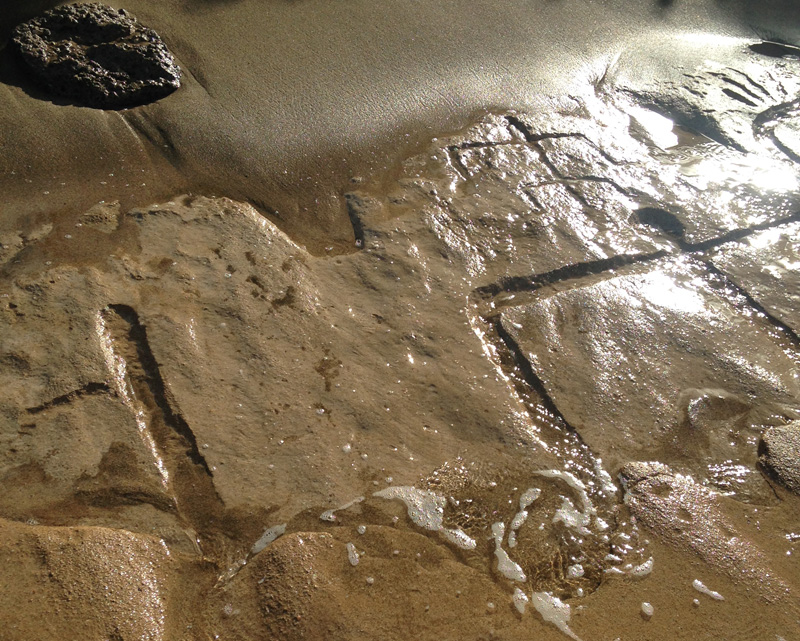
Waiʻanae petroglyphs. Photo credit: Hawaiʻi Department of Land and Natural Resources.
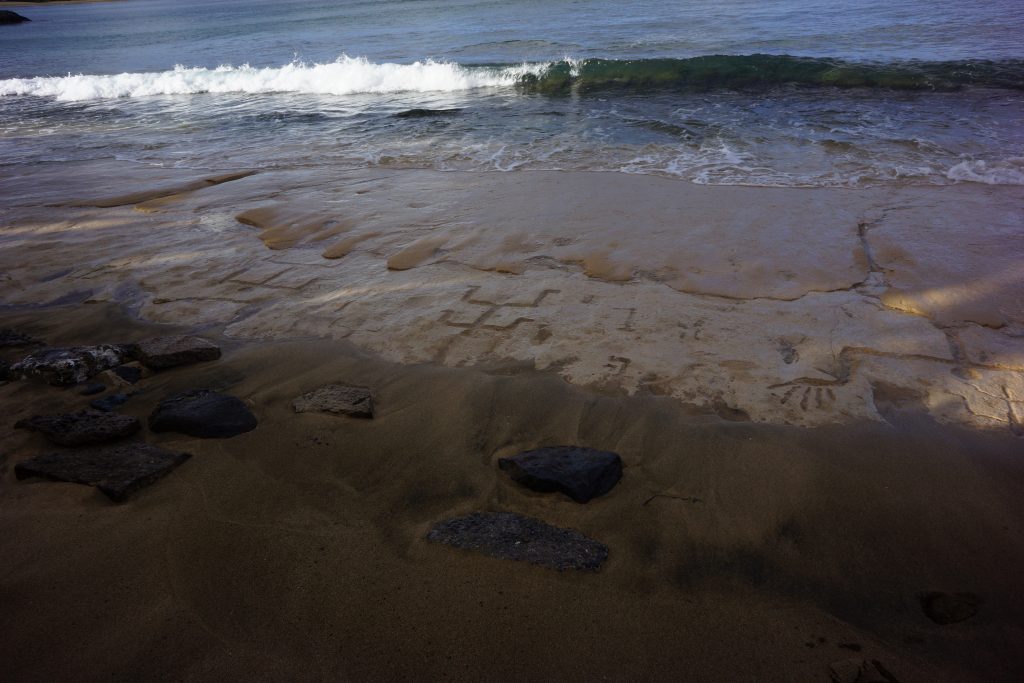
Waiʻanae petroglyphs. Photo credit: Hawaiʻi Department of Land and Natural Resources.
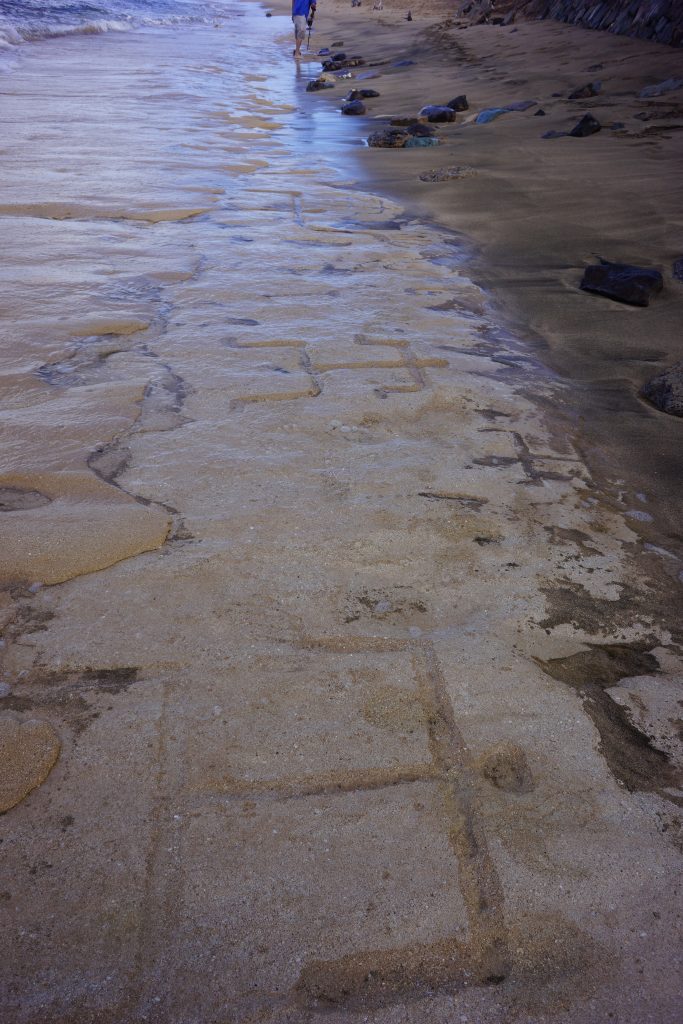
Waiʻanae petroglyphs. Photo credit: Hawaiʻi Department of Land and Natural Resources.
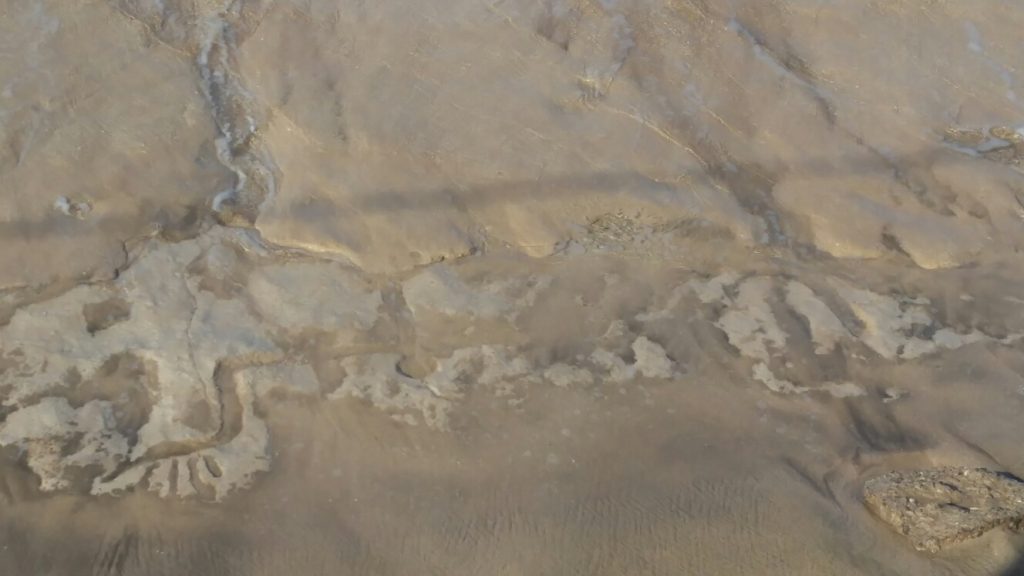
Waiʻanae petroglyphs. Photo credit: Hawaiʻi Department of Land and Natural Resources.
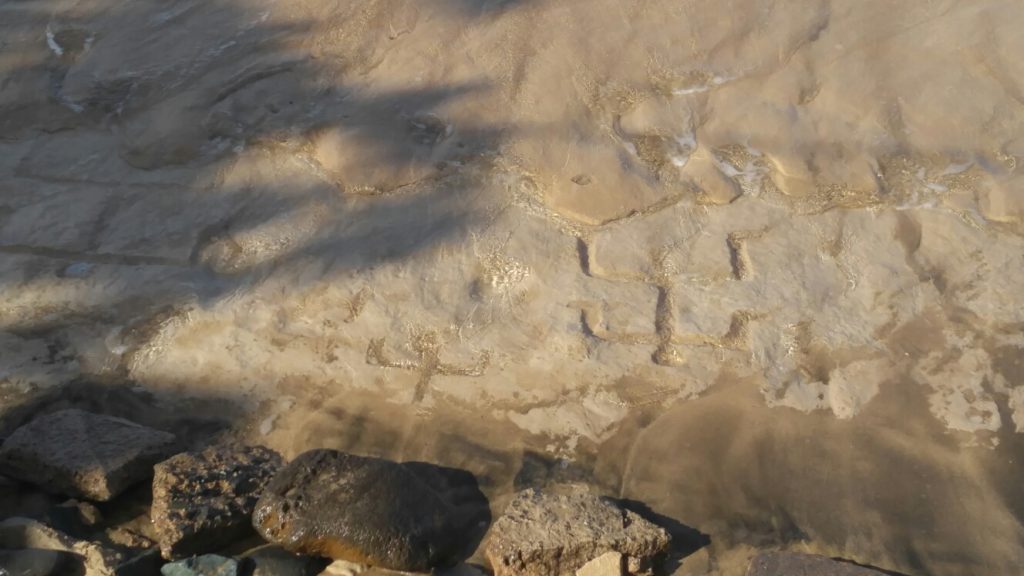
Waiʻanae petroglyphs. Photo credit: Hawaiʻi Department of Land and Natural Resources.
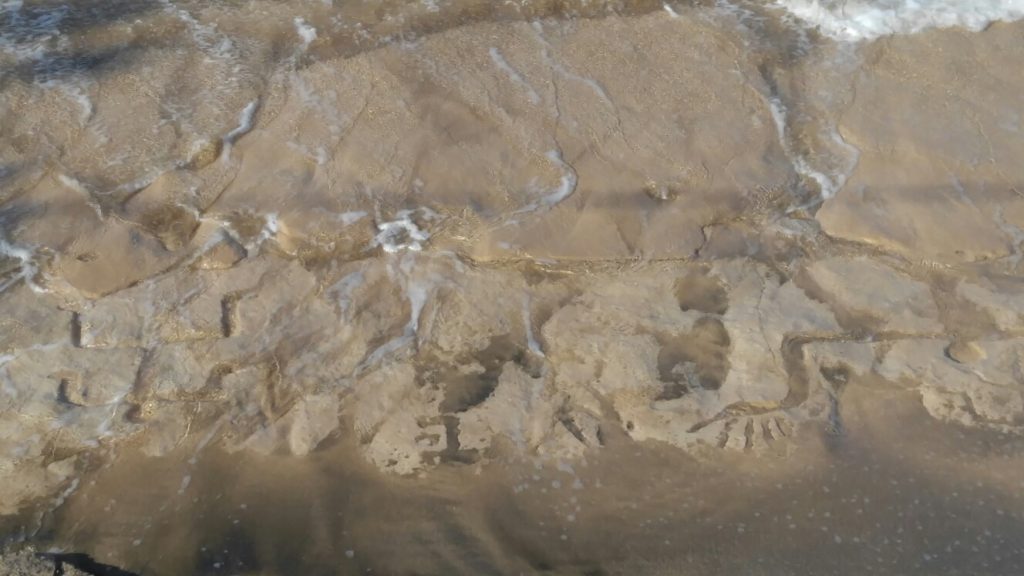
Waiʻanae petroglyphs. Photo credit: Hawaiʻi Department of Land and Natural Resources.
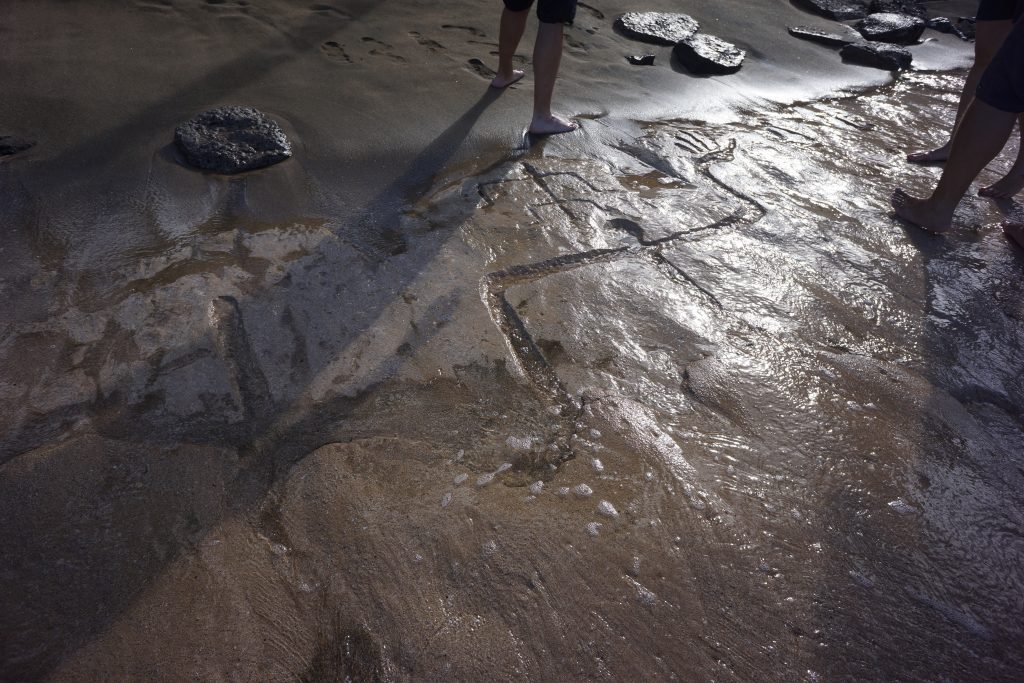
Waiʻanae petroglyphs. Photo credit: Hawaiʻi Department of Land and Natural Resources.
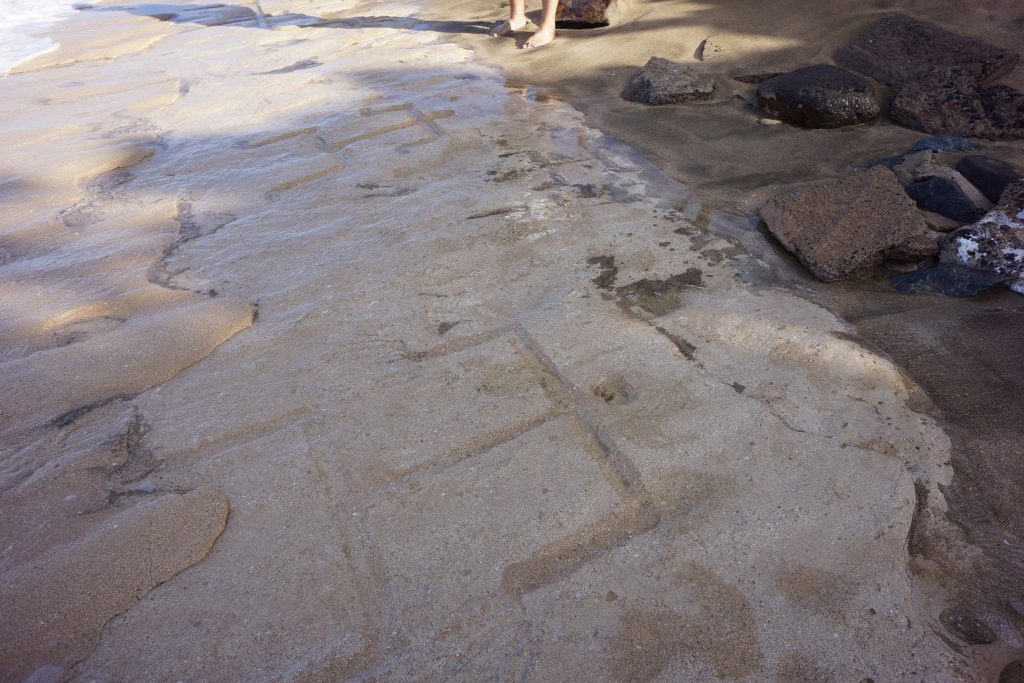
Waiʻanae petroglyphs. Photo credit: Hawaiʻi Department of Land and Natural Resources.












